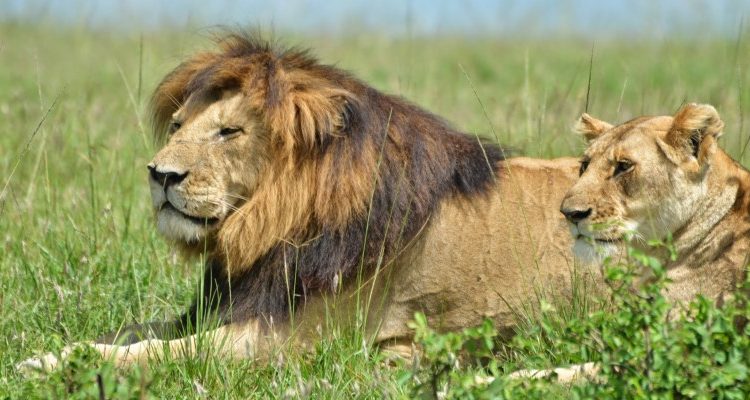The East African lion pride is a fascinating and complex social structure that has captured the imagination of wildlife enthusiasts and researchers alike. While these majestic predators may seem familiar, their unique behaviors and hidden secrets are often shrouded in mystery. In this detailed blog, we will delve into the fascinating world of several East African lion prides, drawing from the rich accounts of wildlife enthusiasts and researchers.
From the Styx Pride of Sabi Sands to the Duba Plains Pride of Botswana, we will explore the dynamics, personalities, and conservation efforts that shape these iconic predators and their habitats. Join us as we unveil the hidden secrets of East African lion prides that you should know
The Styx Pride of Sabi Sands
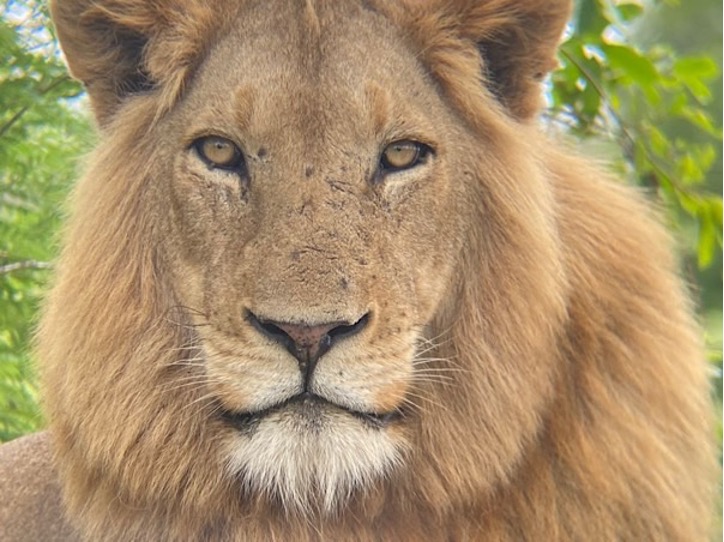
The Styx Pride of Sabi Sands is a well-known lion pride located in the North Eastern section of the Sabi Sands. This pride has been observed to have a very small portion of their territory overlapping with other prides, making them a formidable force in their region. While there is limited information available about this pride, wildlife enthusiasts and researchers have been able to observe their unique behaviors and dynamics. In this section, we will explore the hidden secrets of the Styx Pride and shed light on their fascinating world.
The Masai Mara’s Lion Prides
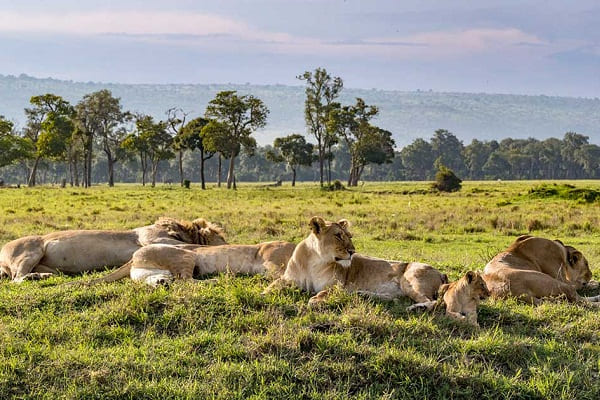
The Masai Mara, a renowned wildlife destination in Kenya, is home to several fascinating lion prides. These social groups, consisting of one or more males, several females, and their offspring, live and hunt together, forming the backbone of the region’s diverse ecosystem. Some of the most famous and well-studied lion prides in the Masai Mara include:
- The Marsh Pride: This is one of the oldest and largest prides in the Masai Mara, with about 30 members and a territory of about 40 square kilometers around the Musiara Marsh area.
- The Paradise Pride: Known for its hunting prowess and frequent clashes with other predators, this pride consists of about 20 lions that live near the Mara River crossings.
- The Ridge Pride: This pride has about 15 lions that inhabit a territory along a ridge near Ol Kiombo airstrip.
- The Enesikiria Pride: The best-known pride of the Mara Naboisho Conservancy, with a significant number of subadults and three impressive adult males.
- The Marsh Pride: Long followed as part of the BBC’s Big Cat Diary, this pride resides in the Musiara Marsh for most of the year.
These prides, along with many others, are part of the rich tapestry of wildlife that makes the Masai Mara such a captivating destination. The region is home to close to 850 to 900 lions, making it one of the highest lion densities in Africa. The Masai Mara’s lions are not only fascinating creatures but also an integral part of the local culture, as the Maasai people have a special connection with these animals. Conservation efforts, such as Warrior Watch, are helping to protect these iconic predators and their habitats.
The Duba Plains Pride
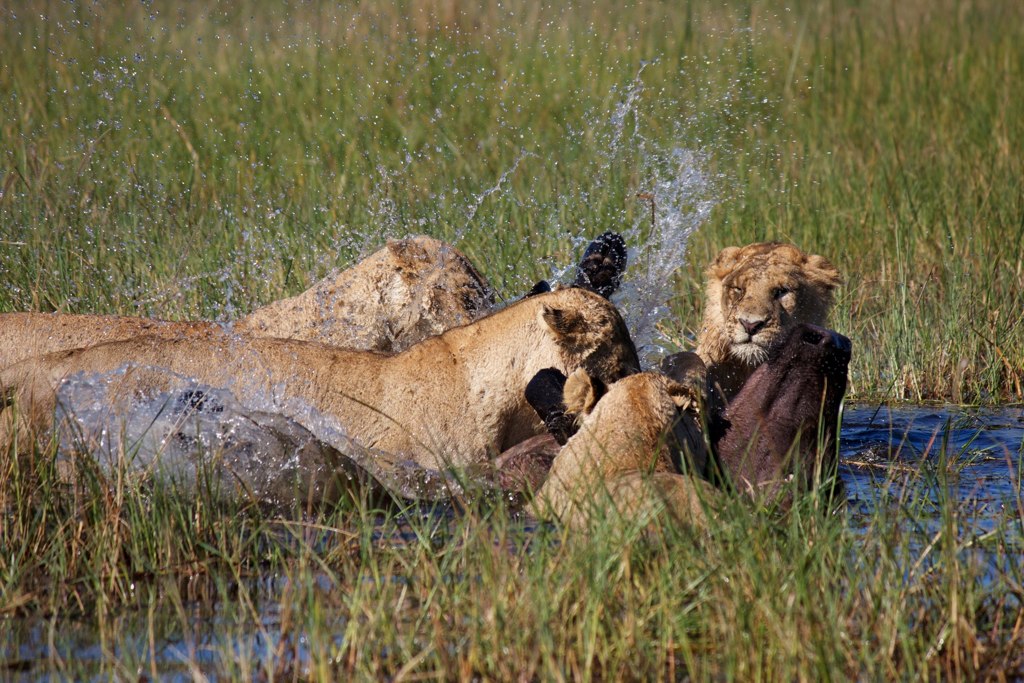
The Duba Plains Pride, located in Botswana, is a well-studied and fascinating lion pride known for its unique dynamics and behaviors. The pride, also referred to as the Tsaro Pride, is a prominent feature of the Duba Plains region and has been the subject of extensive observation and research. The pride is known for its large size and the distinct personalities of its members.
The Duba Plains Pride has been observed to exhibit interesting behaviors, such as breaking up into subgroups in advance of the buffalo calving season, and the formation of distinct hunting prides. The pride’s interactions with other lion groups, such as the Skimmer Pride, have also been documented. The Duba Plains Pride’s resilience and ability to adapt to the seasonal availability of prey have been a subject of interest for wildlife enthusiasts and researchers.
The pride’s unique characteristics and the ongoing conservation efforts in the region make it a compelling subject for those interested in the dynamics of lion prides.
The Angama Pride of the Maasai Mara
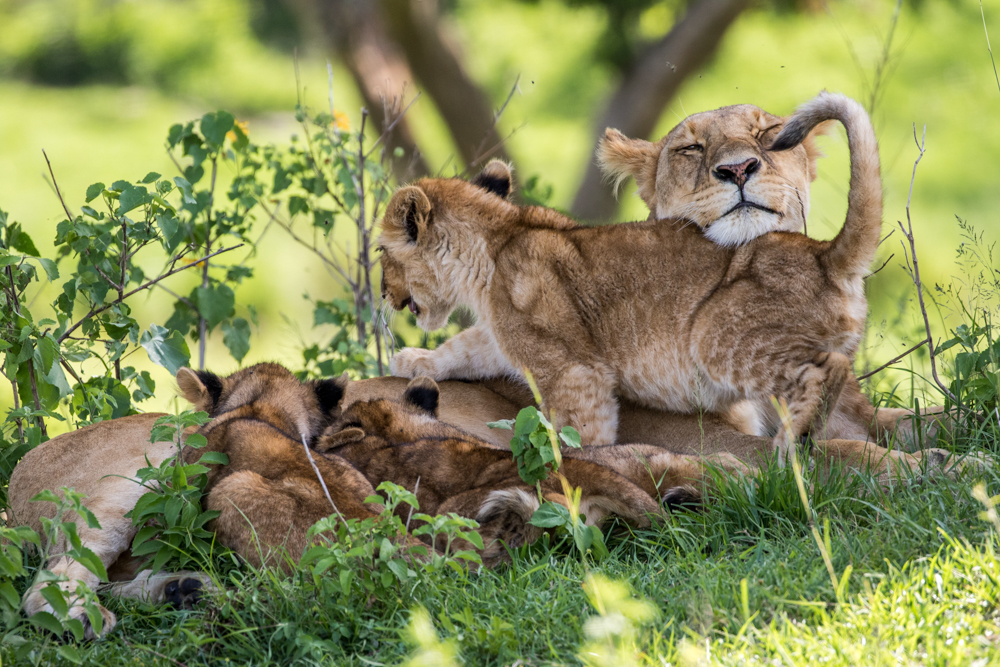
The Angama Pride of the Maasai Mara is a well-known and beloved lion pride situated in the heart of the Maasai Mara ecosystem. The pride is part of the Maasai Mara ecosystem, which hosts the Great Migration, making it a popular destination for wildlife enthusiasts. The pride consists of four dominant males who patrol a large territory and have fostered cubs in other prides, though typically only three males are seen together while the fourth joins only for a rare reunion.
The pride is associated with four dominant males who patrol a large territory and have fostered cubs in other prides, though typically only three males are seen together while the fourth joins only for a rare reunion. The Angama Pride is famous for its tree-climbing abilities, and it will be interesting to watch as the cubs learn from their mothers in the months to come. The pride’s unique characteristics and the ongoing conservation efforts in the region make it a compelling subject for those interested in the dynamics of lion prides.
The Hidden Personalities of Lions
Lions are fascinating creatures with unique personalities that play a significant role in the dynamics of their prides. While they are often seen as fierce predators, they also exhibit affectionate behaviors towards one another, such as rubbing heads, grooming, and purring. Each lion has its own unique personality, and these personalities can shape the dynamics of their prides.
For example, the Tsaro Pride in Duba Plains has a female named Silver Eye, who is known for her hunting prowess despite having a damaged eye. Understanding the hidden personalities of lions can provide insight into their social structures and behaviors, making them even more fascinating to observe and study.
The Impact of Conservation Efforts
Lion conservation efforts are crucial in protecting these iconic predators and their habitats. The following initiatives are helping to ensure the long-term viability of lion populations:
- Reducing Conflict: Born Free’s Pride of Meru team works to reduce human-carnivore conflict by implementing low-cost conflict mitigation strategies, such as predator-proof bomas (PPBs).
- Coexistence: WWF’s strategy aims to double the number of wild lions in Africa by 2050, focusing on six broad interventions, including fostering coexistence between people and lions.
- Community Engagement: Conservation programs engage local communities, providing resources and education to help people understand the importance of lions and their role in ecosystems.
- Large-Scale Conservation: The creation of vast protected landscape mosaics, with natural corridors stretching far beyond core protected lands, is helping to increase lion populations in some areas.
These efforts are vital in protecting lions and their habitats, ensuring the survival of this iconic species and the ecosystems they support.
The Future of East African Lion Prides
The future of East African lion prides is a topic of concern due to various challenges they face. Lion populations in East Africa have become fragmented and declined in several range countries due to loss of habitat, poaching, and human-wildlife conflict. However, there are efforts to conserve lion populations. For instance, in the Serengeti National Park, lion prides have been monitored since 1966, and a Lion Conservation Strategy was developed for East and Southern Africa in 2005.
Today, lion populations are stable only in large protected area complexes. The scientific name for the East African lion is Panthera leo melanochaita. The LCUs Serengeti-Mara, Tsavo-Mkomazi, Ruaha-Rungwa, and Selous are currently considered lion strongholds in East Africa, hosting more than 500 individuals each, and the population trend is stable. However, lions still face threats such as habitat loss, poaching, and human-wildlife conflict. The population has been slashed to fewer than 20,000 individuals, mainly due to hunting and increased livestock farming and agriculture across Africa.
Lions are on course to be extinct in the wild by 2050. Conservation groups point out that lions need large territories, but more and more of these are being squeezed as human populations continue to grow. Therefore, while there are strongholds and conservation efforts, the future of East African lion prides remains precarious due to the various threats they face.
Conclusion
East African lion prides are fascinating creatures with unique behaviors and dynamics that are often shrouded in mystery. While there are efforts to conserve lion populations, they still face various threats such as habitat loss, poaching, and human-wildlife conflict. Understanding the hidden personalities of lions can provide insight into their social structures and behaviors, making them even more fascinating to observe and study.
The future of East African lion prides remains precarious due to the various threats they face, but conservation efforts and initiatives are crucial in protecting these iconic predators and their habitats. A well-crafted conclusion is essential for a great blog post, as it can leave readers energized and encourage them to act on the call to action.

